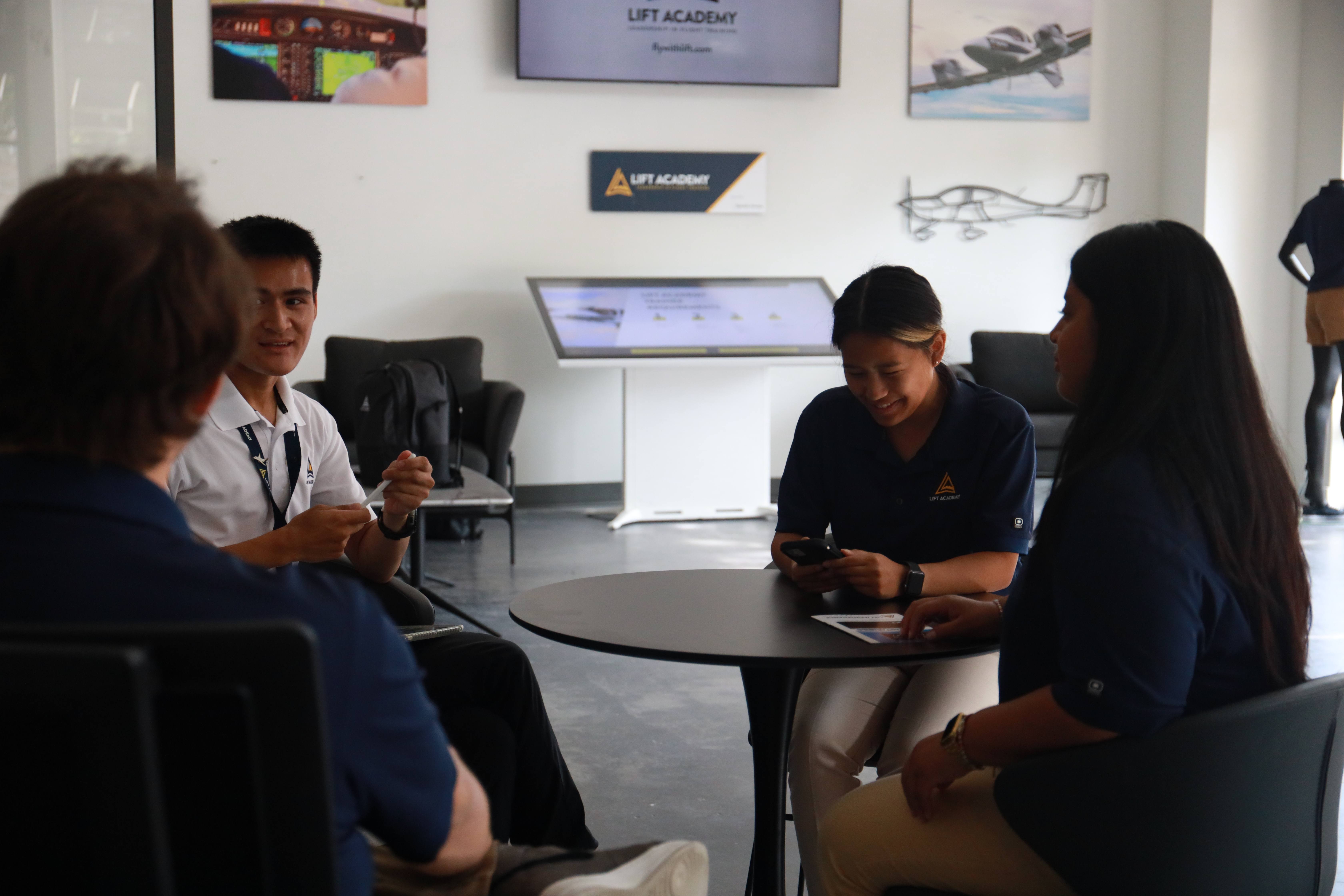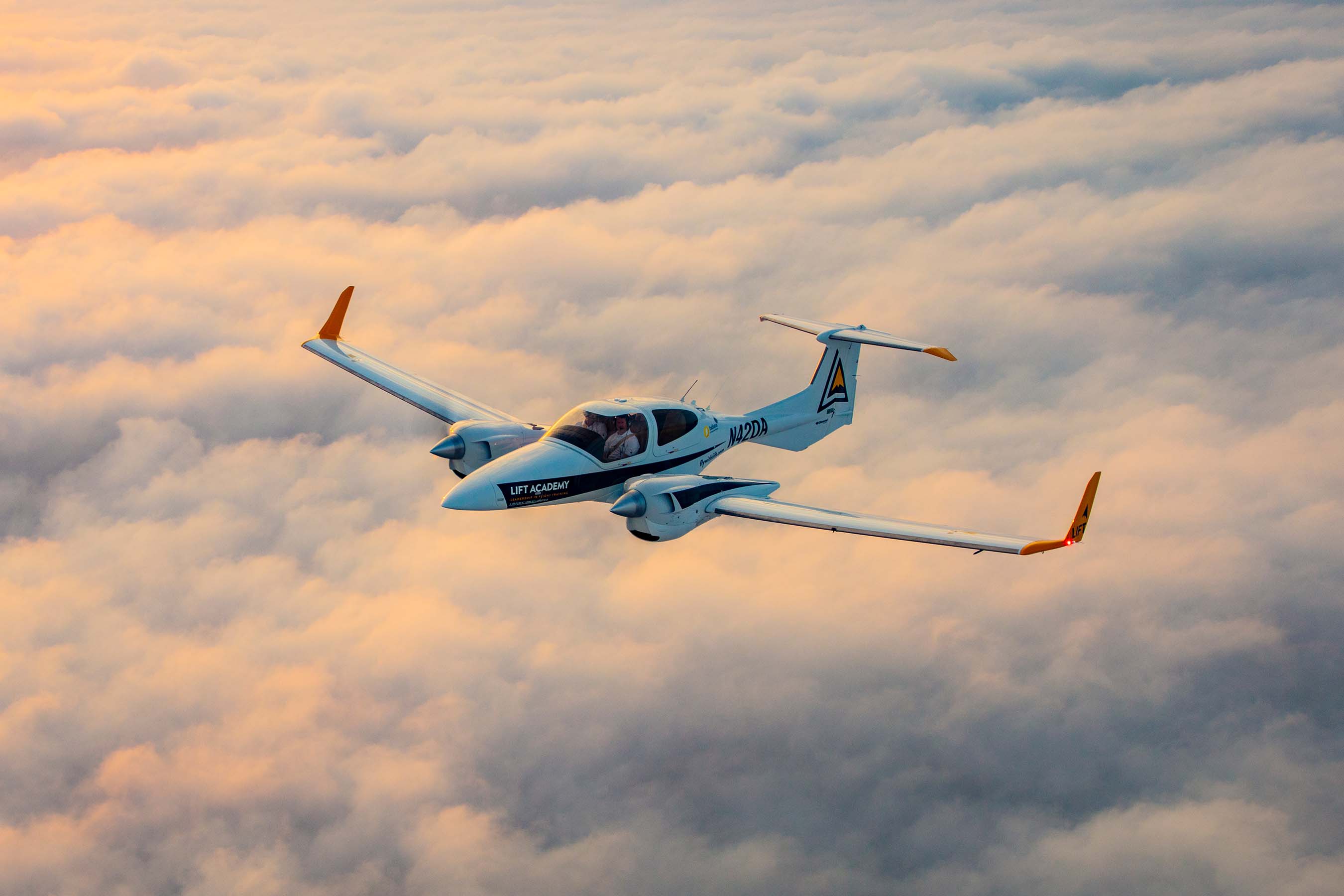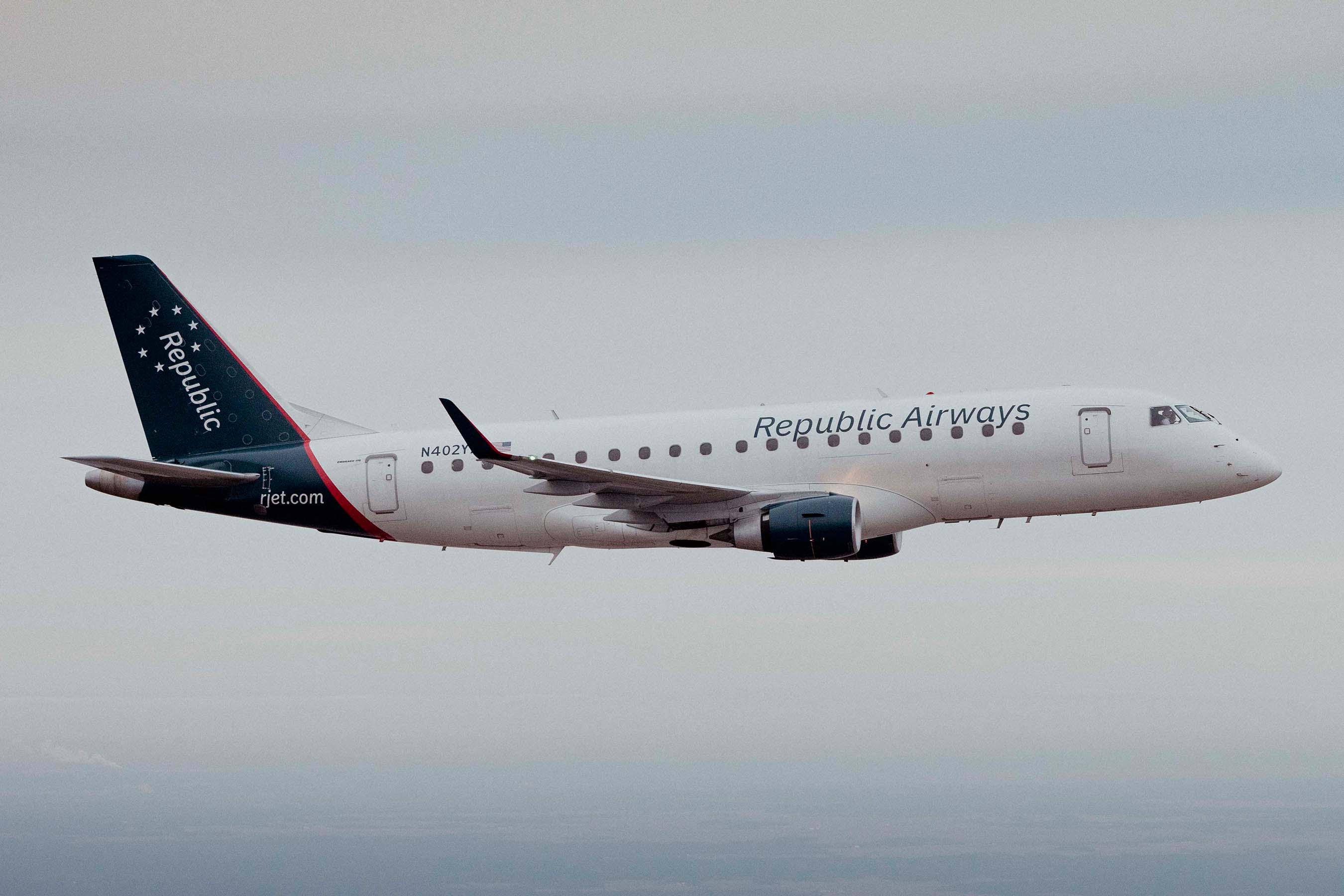
What are Federal Aviation Administration Regulation Parts: 61, 121, 135 and 141?
What are Federal Aviation Administration Regulation Parts: 61, 121, 135 and 141?
When it comes to following your dreams of becoming a pilot, picking the right training program is pivotal. Different programs help you achieve different goals — depending on which “Part” of Federal Aviation Administration (FAA) regulations their training authority falls under. Before you settle on a flight school, it’s important to know what the different Parts represent. Let’s help you feel sure about what will set you up for your desired career.
Defining Part 61
Flight training that operates under Part 61 is a less structured and more flexible way to earn your private pilot certification.
This path caters to those with prior aviation knowledge, too. Its flexibility allows students to progress at their own pace and balance their flight hours how they see fit — especially if they have other time commitments. However, there are some challenges with Part 61 programs as well.
Because of its greater flexibility, training under Part 61 requires more flight hours to complete the program. One especially significant factor to consider is that training under a program based strictly on Part 61 operations will not allow you to fly any commercial aircraft.
Defining Part 121
FAA Part 121 is the regulation in which scheduled carriers — commercial airline flights — fall under.
Think of it this way: FAA Part 121-regulated planes are what most of the general public use to get from one destination to another. They can be regional operators like Republic Airways or mainlines like American Airlines, Delta and United.
However, cargo operators — like UPS and FedEx — also fall under Part 121 regulation.
Defining Part 135
Part 135 operations-based flight training pertains to commuter and on-demand operations. These are case-by-case flights and include air taxi flights, private air charter situations or other private jet flights.
More structured than Part 61 programs, this option focuses on special curriculum relevant to non-scheduled, commercial aircraft operations — such as ground training and flight emergency training.
With more of a regimented educational process, this pathway may be less appealing to those who are looking at piloting as a hobby instead of a career choice.
Defining Part 141
Part 141 regulation applies to the overall education offered at a flight school.
Part 141-regulated training presents students with a more comprehensive and hands-on learning experience. These schools offer a more formal educational setting, and they’re required to have an in-depth, supervised and structured FAA-approved curriculum.
These aviation programs set students up for becoming certified Part 121-regulated pilots.
LIFT Academy
LIFT Academy is a flight school that operates under Part 141. We offer dedicated training facilities, leading-edge simulators, flight instructors, FAA-approved curriculum and Diamond Aircraft training. Each of these factors create an educational environment that prepares students for a piloting career at Republic Airways.
In the end, choosing the right flight school depends on your personal goals. Ask yourself which option feels most advantageous for your career.
Ready to take your first step toward aviation excellence? Apply at flywithlift.com.





